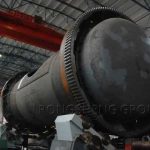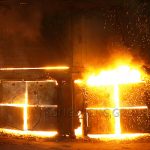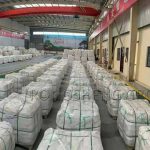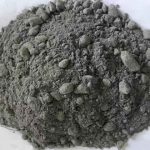Industrial furnaces are critical components of various manufacturing processes, ranging from metal production to glass manufacturing. These furnaces operate at high temperatures, which makes them energy-intensive and environmentally impactful. Therefore, it is essential to optimize furnace operations to reduce energy consumption and improve their efficiency. One way to achieve this is by using lightweight insulating castable refractory in furnaces.
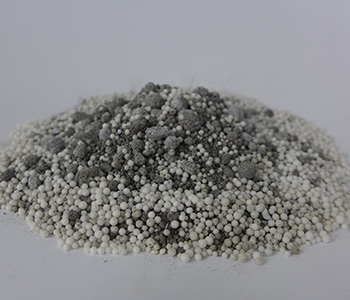
The Use of Lightweight Insulating Castable Refractory
Lightweight insulating castable refractory is a type of material that is commonly used in high-temperature applications. This material is made up of lightweight aggregates, refractory powders, and bonding agents. Its low thermal conductivity and high-temperature resistance make it an ideal material for insulating industrial furnaces. The use of lightweight insulating castable refractory in furnaces can result in significant energy savings and improve furnace efficiency.
One of the primary advantages of using lightweight insulating castable refractory is its ability to reduce heat loss. The low thermal conductivity of this material ensures that less heat is lost from the furnace, reducing the amount of energy required to maintain the desired temperature. This, in turn, reduces fuel consumption, which results in lower operating costs for the manufacturer.
Another advantage of using lightweight insulating castable refractory is its ability to improve temperature uniformity. In traditional furnaces, heat distribution can be uneven, resulting in hot and cold spots. This can negatively impact the quality of the product being manufactured and increase energy consumption. However, the use of lightweight insulating refractory castable can improve temperature uniformity, resulting in more consistent product quality and reduced energy consumption.
In addition to energy savings, the use of lightweight insulating castable refractory can also contribute to environmental sustainability. The reduced energy consumption results in lower greenhouse gas emissions and a smaller carbon footprint. This is particularly important as manufacturers face increasing pressure to reduce their environmental impact and operate sustainably.
In conclusion, lightweight insulating castable refractory is an excellent material for improving energy efficiency in industrial furnaces. Its low thermal conductivity and high-temperature resistance make it an ideal material for insulating furnaces, reducing heat loss, improving temperature uniformity, and ultimately, leading to energy savings and environmental sustainability. As manufacturers continue to seek ways to improve their operations’ efficiency and sustainability, the use of lightweight insulating castable refractory should be a top consideration.
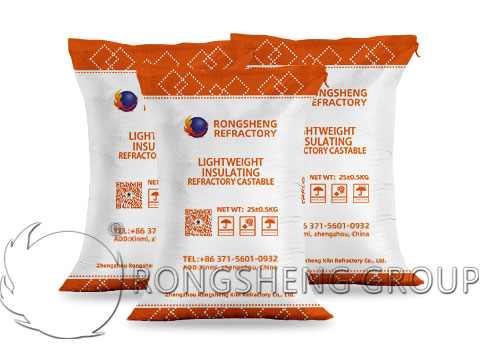
Comparing the Thermal Conductivity of Lightweight and Dense Castable Refractory Materials
Refractory materials play an essential role in various high-temperature applications such as furnaces, kilns, and incinerators. Castable refractories are one of the most widely used types of refractory materials because of their excellent properties, including high-temperature resistance, good mechanical strength, and chemical stability. The thermal conductivity of castable refractories is an essential property that determines their efficiency in heat transfer. In this essay, we will compare the thermal conductivity of lightweight and dense castable refractory materials.
Thermal conductivity is defined as the property of a material to conduct heat. It is measured in watts per meter-kelvin (W/m.K) and indicates how much heat energy can be transferred through a material per unit of time and per unit area, for a given temperature difference. In the context of refractory materials, thermal conductivity is crucial because it affects the efficiency of heat transfer in high-temperature applications.
Lightweight castable refractory materials
Lightweight castable refractory materials are composed of lightweight aggregates such as perlite, vermiculite, or expanded clay. These aggregates have low thermal conductivity, which results in the overall thermal conductivity of lightweight castables being lower than that of dense castables. The low thermal conductivity of lightweight castables makes them suitable for applications where insulation is required, such as the linings of kilns and furnaces.
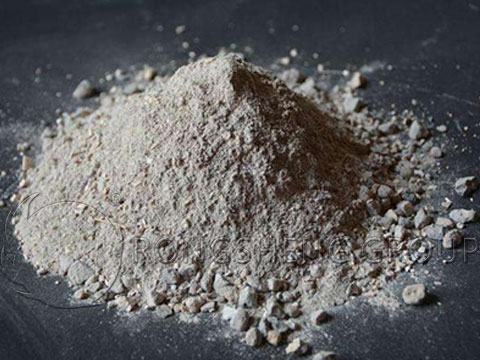
Dense castable refractory materials
Dense castable refractory materials, on the other hand, are composed of dense aggregates such as bauxite, magnesite, or alumina. These aggregates have higher thermal conductivity than lightweight aggregates, which results in the overall thermal conductivity of dense castables being higher than that of lightweight castables. The high thermal conductivity of dense castables makes them suitable for applications where high-temperature resistance and good heat transfer properties are required, such as the linings of boilers and incinerators.
To illustrate the differences in thermal conductivity between lightweight and dense castable refractory materials, let us consider an example. Suppose we have a lightweight castable refractory material with a thermal conductivity of 0.5 W/m.K and a dense castable refractory material with a thermal conductivity of 1.5 W/m.K. If we use these two materials to line a furnace, the heat transfer efficiency will be different. The lightweight castable will have better insulation properties, which means less heat will be lost to the surroundings, and the furnace will consume less energy to maintain the desired temperature. The dense castable, on the other hand, will have better heat transfer properties, which means that it will be able to transfer heat more efficiently to the load inside the furnace, resulting in faster heating and better temperature control.
In conclusion, the thermal conductivity of castable refractory materials plays a crucial role in their performance in high-temperature applications. Lightweight castables have lower thermal conductivity and are suitable for insulation applications, while dense castables have higher thermal conductivity and are suitable for applications where high-temperature resistance and good heat transfer properties are required. It is essential to consider the thermal conductivity of castable refractory materials when selecting the appropriate material for a specific application to ensure optimum performance and efficiency.



